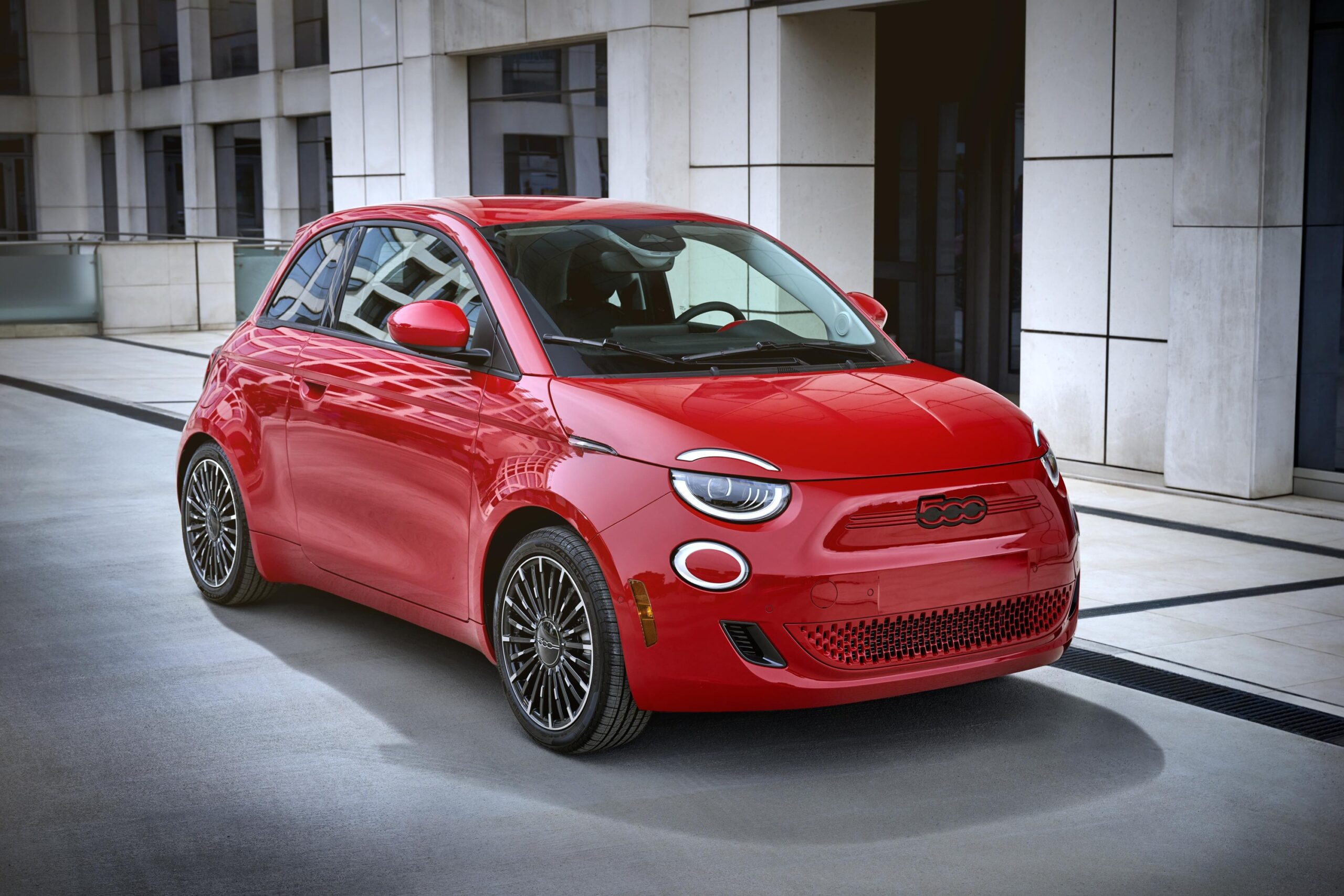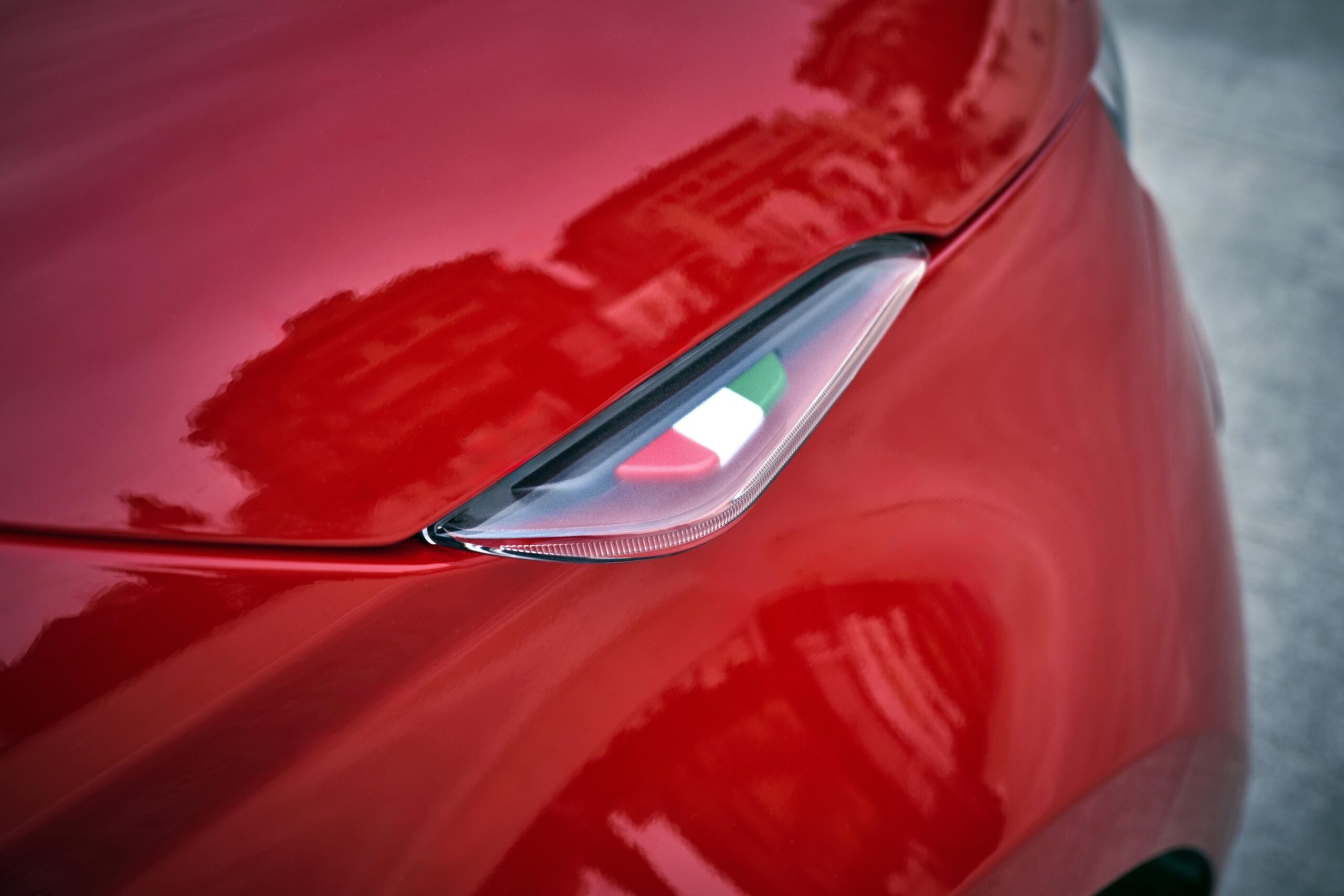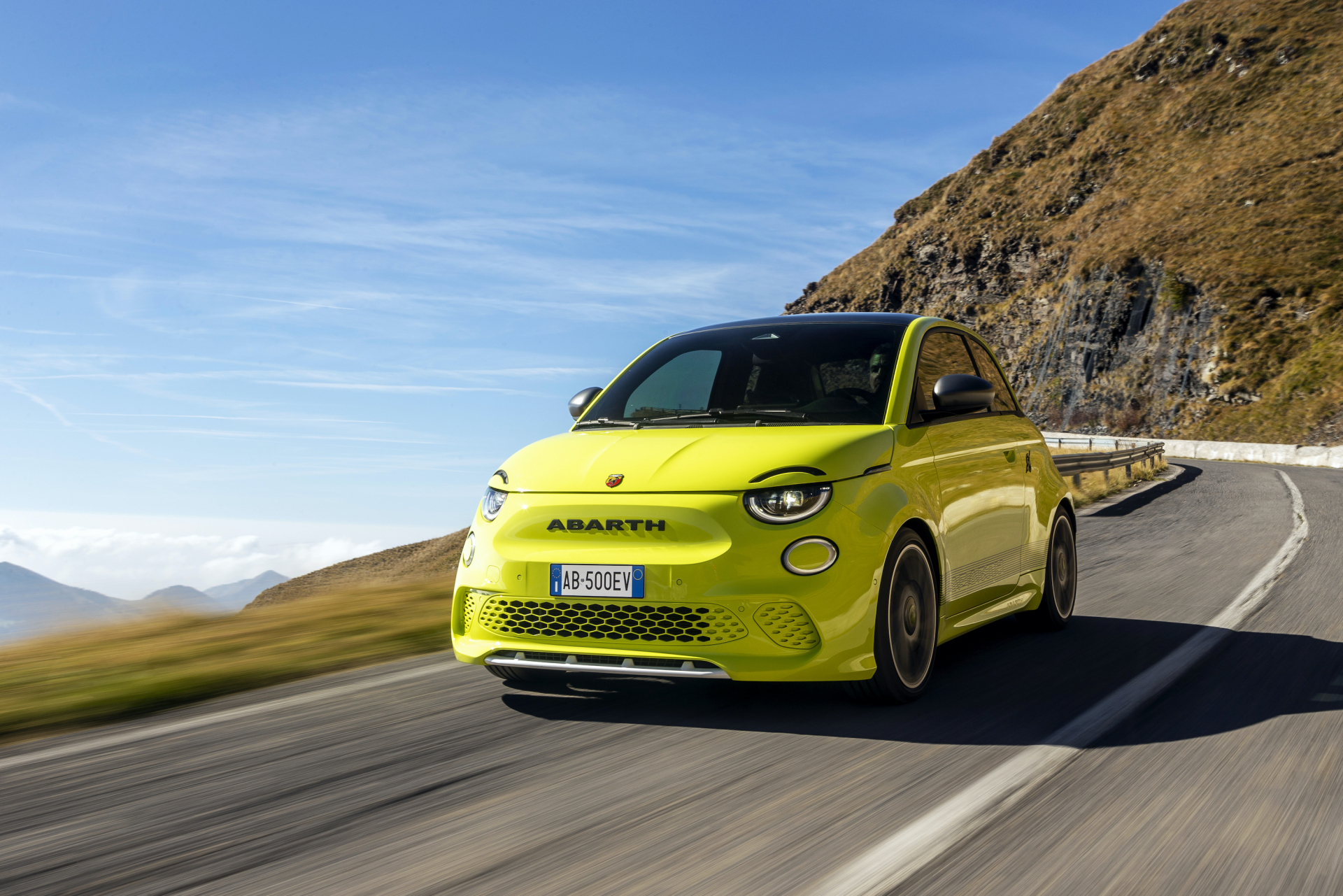The Fiat 500e is more than just Stellantis North America’s first EV, it’s an entirely new philosophy
Photo credit: Fiat
When I learned that Aamir Ahmed would be heading up the Fiat brand in North America, I was a bit surprised. In background that none of you care about, Ahmed was one of the first at Stellantis (then Fiat Chrysler Automobiles) to give me a product deep dive as a fledgling young journalist. I consider him a friend, and while I’m not surprised seeing him head up a brand, I did want to know why that brand is Fiat.
I recently asked him that question and more to help better understand Fiat’s electrification strategy in North America, what is different this time than Fiat’s last attempt to win over Americans, and learn more about the “product drop” approach to marketing new cars that we learned about in Los Angeles two years ago.
“When I’d travel home I’d see Fiats everywhere,” Ahmed tells me. “I have a ton of nostalgia for the brand, and after seeing what the company’s plans were, I wanted to be a part of it.”
We Americans (and Canadians) might have some experience with a Fiat in our lives, but globally the Italian nameplate is a powerhouse. Fiat is the number one brand in the Stellantis catalog globally, and it sells more cars outside of its home market than it does in it.
“Fiat is obtainable,” Ahmed also mentions. Other Italian marques known to North America, like Lamborghini or Ferrari, are vehicles that come with hefty price tags and archaic buying procedures. Fiat vehicles, especially cars like the 500, deliver all of the Italian chic and design at a price that normal people can afford.
The Fiat 500e is coming back to North America

The all-electric 500e, which already has been on sale in Europe for a while, is coming to the United States later this year. The last Fiat 500e sold in the United States was a bit infamous. You could have it for ridiculously low lease rates, which made them desirable in California, but the late FCA head Sergio Marchionne also told customers not to buy one. Reuters reported he said, “I hope you don’t buy it because every time I sell one it costs me $14,000.”
This one is different. It’s different in a lot of ways. It’s also the first EV for Stellantis North America.
“This is not a program,” Ahmed tells me in reference to the 500e, “but a product.” He’s made it clear this is no compliance car play, like the Mazda MX-30, but rather a product designed to firmly anchor the brand in electrification in North America.
Ahmed also doesn’t plan on Fiat losing its butt on every one they sell. He wants people to buy the new 500e. So that’s a relief.
Ahmed believes that the new 500e is a statement or style piece. He envisions the car being appealing to folks the same way that fashion brands have their appeal. I can’t argue with the style of the 500e, but getting people excited about a car the same way they get excited about a purse or a pair of kicks might be a challenge.
Enter drops
Ahmed tells us he doesn’t think any automaker has tried this approach to launching cars before, and I’ve racked my brain and also can’t really think of any. Like a sneaker drop or a new set of clothing from your favorite designer, the 500e will be available in a particular style or set of colors for a limited period of time.
We’ve seen what the first drop looks like, with the Fiat (500e) RED.
“We’ll have another drop later this year with some color options,” Ahmed also hinted. So if the red exterior paint isn’t your thing (and you also don’t like the white or black versions of this trim), then stay tuned.
Approximately 150 miles of range isn’t a ton in the world of 300 mile EVs, but the Fiat 500e customer isn’t necessarily a traditional EV buyer.
“It might be someone’s first electric car,” Ahmed tells us when asked about who is going to buy it. “It might even be their first car, period.” I should also point out that it’s not as expensive as a 300 mile EV, either.
City dwellers will find it appealing, but Ahmed doesn’t want us to think of it entirely as a city car.
“It might be someone’s only car, but it could also sit alongside a Jeep Grand Wagoneer in the garage for normal day-to-day work,” he said.
Buyers of a new Fiat 500e will receive either a Free2move home charger or public charging credits through Free2move. Haven’t heard of Free2move? We got you covered.
Buying one is different

Fiat is offering the 500e online, or through its network of 353 dealerships that have realized that EVs are the way forward. But it’s important to note that the online experience to help dealerships facilitate sales, and not cut them out of the process.
“Our online system helps feed dealerships the sale, and products like Fiat House help reinforce that,” he tells me.
“We’re also changing some things behind-the-scenes,” Ahmed also tells me. “Now our dealer invoice is our MSRP.”
Before, as some of you might know, a dealer has an invoice price that they purchase the vehicle from the manufacturer for, and then there’s some built-in margin to the manufacturers suggested retail price (MSRP). That’s gone with the 500e. Dealerships receive incentives when they sell a 500e, so it’s not like they don’t make money. Fiat is attempting to simplify the car purchasing process by helping make pricing consistent across all dealerships.
If you don’t want to take delivery of your new 500e at the dealership, the dealership can deliver the car to you. Right now a dealership might require a delivery fee, but I imagine smart dealerships will find ways of avoiding that to build a long-term relationship.
The bottom line
Fiat isn’t going to sell millions of these cars in the United States, but the 500e isn’t some production-limited, compliance machine. It’ll be available to anyone who wants one in all 5o states, and Ahmed thinks people are going to love it.
I think for some it’ll be an easy sell. But we talk more about range than efficiency these days, so that might be off-putting to some. But how Ahmed and the Fiat team market it could make that less and less of an actual concern.
“We’ve learned from our mistakes,” Ahmed assures me. Being self-aware and embracing heritage is important, but Ahmed also recognizes that you can’t go into the world of cheesy.
What does success look like?
Ahmed has some personal metrics. “If someone sees it out on the road and loves it, and then buys one, that’s a win.” He also said, “If someone gets one a bit uncertain but then realizes it’s a great car for them.”
Abarth, when?

Ahmed has a 124 Abarth on the wall in his office, and is well aware of the enthusiast desire to see the 500e Abarth here in the United States.
“We have to prove ourselves, first.”
That’s not a no. If this all goes well and people take to the 500e and Fiat’s plans in North America, we might just see that little scamp here.
I’m looking forward to driving the regular car. I adore the Mini Cooper S E, and if Fiat can pull off the same trick with more practicality and range, the team will have a winner on its hands. But Aamir, if you’re reading this, please feel free to leave an Abarth unlocked at headquarters someday for me to “borrow.”
Fiat is in an interesting place in North America. We’re an important market to Stellantis, but we’re a market where the company can take chances and try something new. I look forward to seeing how it all works out.

